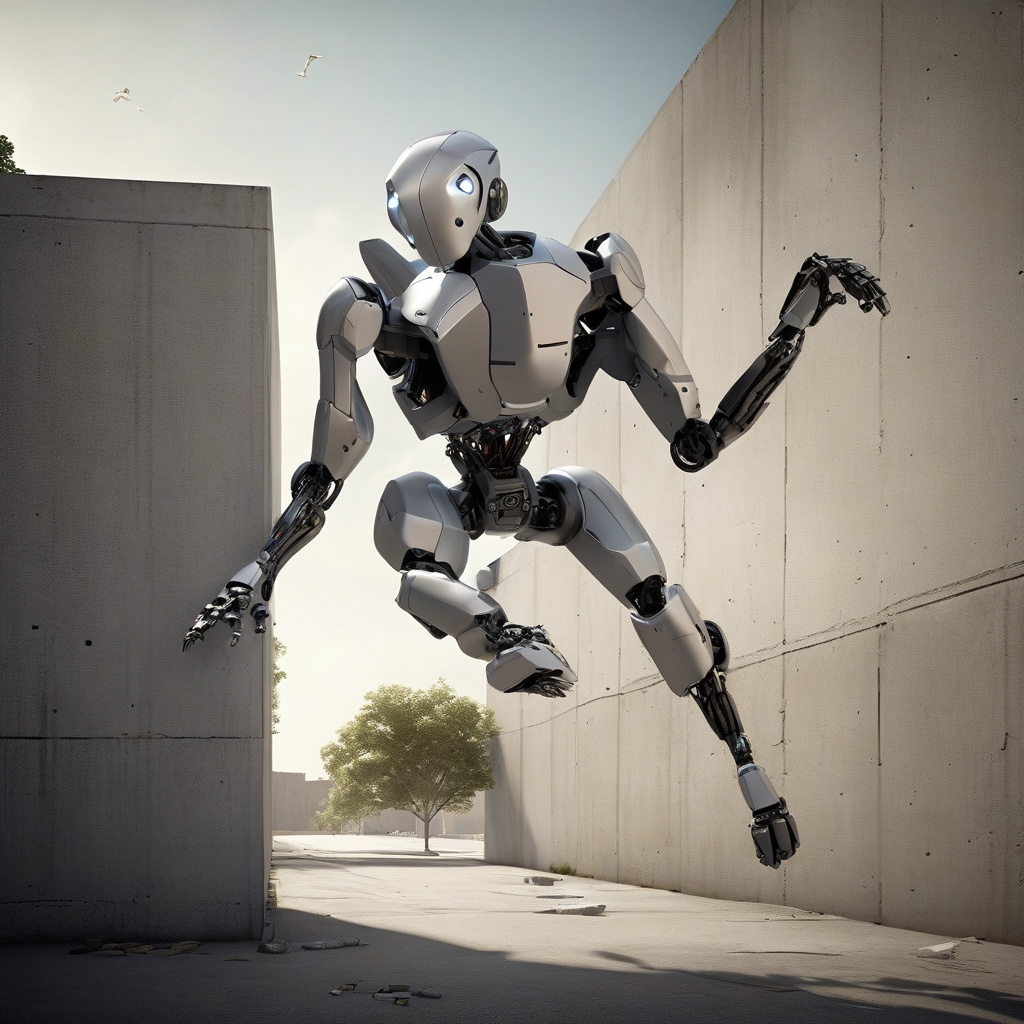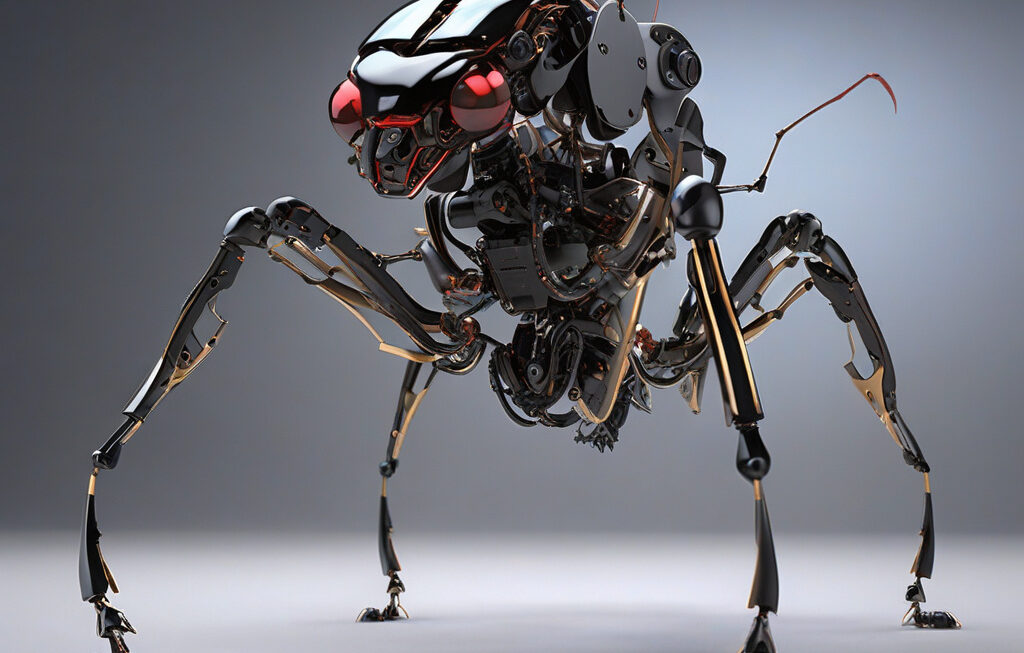Quadruped Robot Parkours Over Gaps and Walls with New Agility Framework
Korean researchers have created a new control framework that allows four-legged robots to perform parkour-like feats with impressive agility and precision. This groundbreaking development opens up a world of possibilities for robotics, showcasing the potential for machines to navigate complex terrains and obstacles with ease.
The innovative framework, developed by a team of engineers at a leading university in South Korea, enables quadruped robots to mimic the fluid and dynamic movements of parkour athletes. By incorporating advanced algorithms and sensors, the robots can now leap over large gaps, scale walls, and traverse challenging environments with remarkable dexterity.
One of the key advancements of this new agility framework is its ability to adapt in real-time to changing conditions. This means that the robots can adjust their movements on the fly, making split-second decisions to overcome unexpected obstacles or terrain variations. The result is a level of flexibility and responsiveness that was previously thought to be beyond the capabilities of robotic systems.
To achieve this level of agility, the researchers drew inspiration from the biomechanics of animals and humans. By studying how living organisms move and interact with their environment, they were able to design control algorithms that replicate natural motion patterns. This bio-inspired approach not only enhances the robots’ agility but also improves their overall efficiency and stability.
In practical terms, the applications of this new agility framework are vast and varied. From search and rescue missions in disaster zones to exploration in hazardous environments, quadruped robots equipped with this technology can navigate obstacles that would be insurmountable for traditional wheeled or tracked robots. Additionally, the framework has the potential to revolutionize industries such as construction, agriculture, and security, where the ability to operate in complex and dynamic settings is crucial.
Beyond its practical applications, the development of this agility framework represents a significant milestone in the field of robotics. It showcases the rapid progress being made in creating machines that can not only perform specific tasks but also adapt and respond to a wide range of challenges. As the capabilities of robotic systems continue to expand, we are moving closer to a future where machines play a central role in enhancing human capabilities and improving our quality of life.
In conclusion, the creation of a new agility framework that enables quadruped robots to perform parkour-like maneuvers represents a major leap forward in robotics technology. By combining advanced control algorithms with bio-inspired design principles, researchers have unlocked a new level of agility and adaptability in robotic systems. As these innovations continue to evolve, we can expect to see robots playing increasingly important roles in a wide range of industries and applications, transforming the way we live and work.
agility framework, quadruped robot, parkour, robotics technology, bio-inspired design












